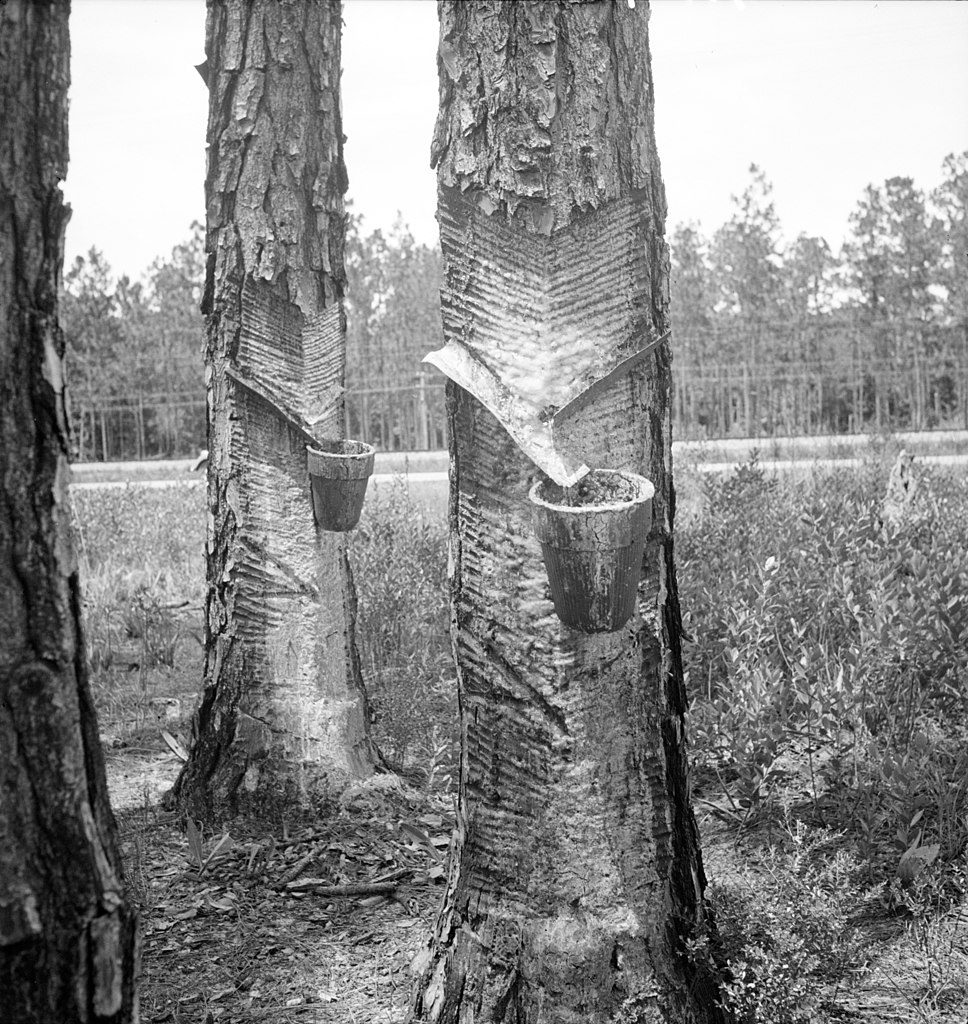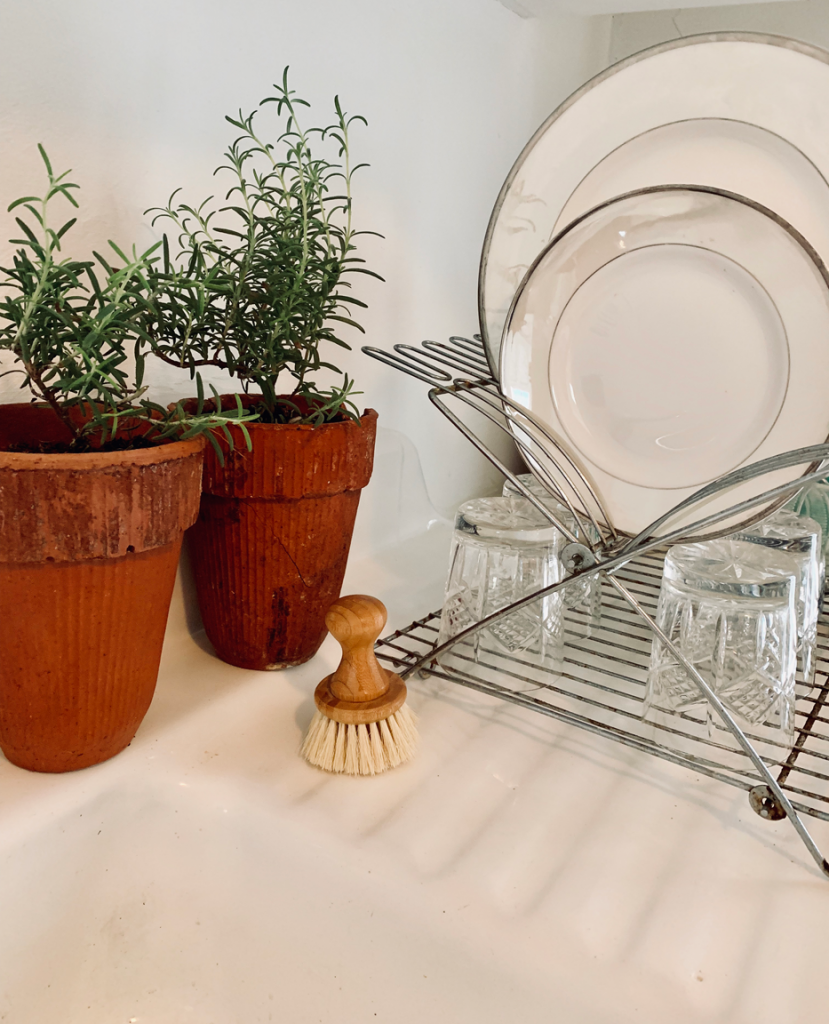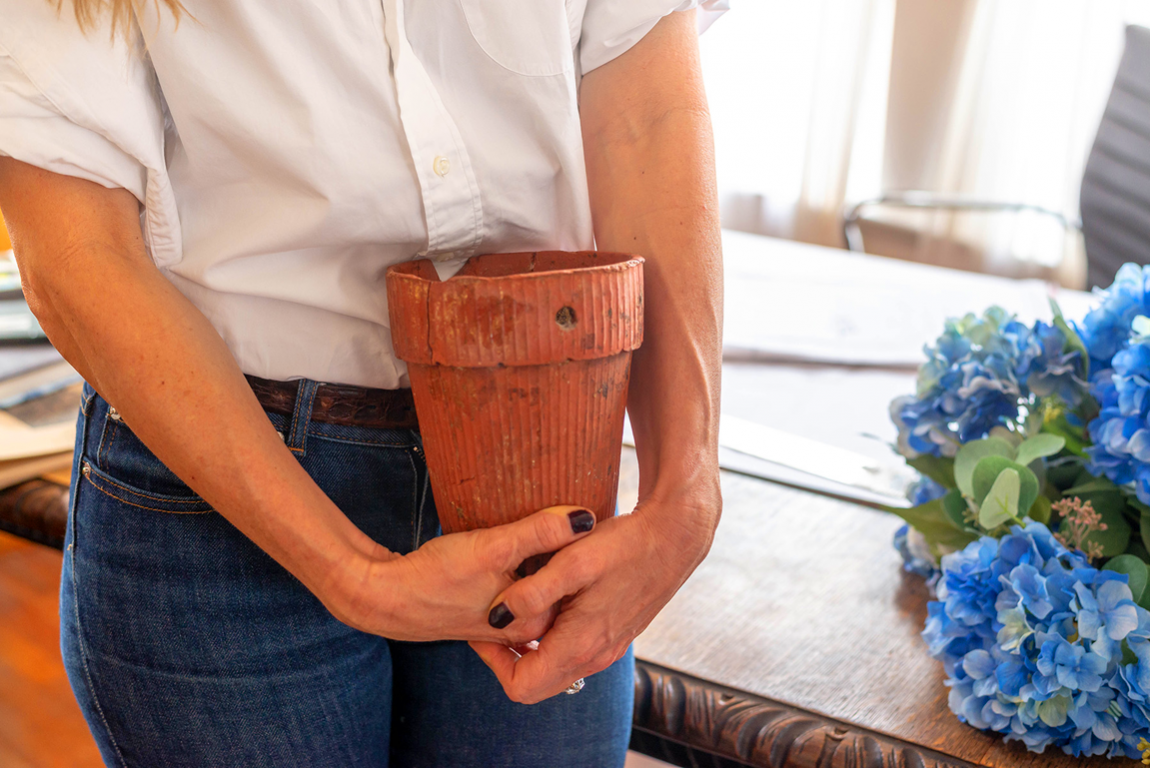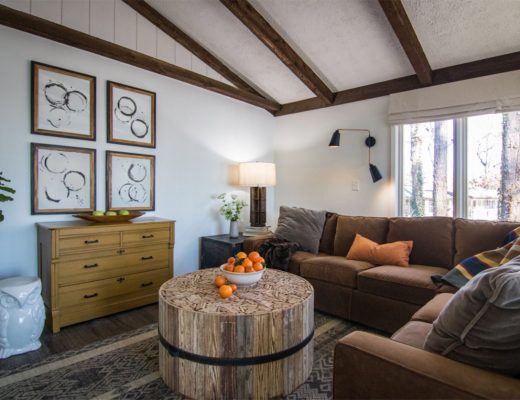Growing up in South Georgia, everyone I knew had a couple of old turpentine pots laying around somewhere. You’d find them on the porch and in the feed room of the barn. As kids it was common to see old clay pottery fragments scattered out in the woods.
These pots are remnants from the South’s once lucrative turpentine trade. Early as 1880, farmers collected sap from virgin growth pines to be later processed into turpentine, resin, and tar. The sap was in high demand especially for the US Navy. The processed sap was used to produce pitch or tar which was essential for sealing and preventing decay on ropes, rigging, and wooden hulls of sailing ships.
Unfortunately older primitive methods of collecting the sap from the trees was devastating to the dense Southern forests that stretched from the Carolinas down into the Florida pan handle.
In 1902 a chemist at the University of Georgia, Charles Herty, developed and patented a less invasive system for extracting the sap. It involved cutting V shaped notches in the tree or a “cat face”. Once the notches were cut in the live tree, a small round clay pot was secured below the notches to catch the sap. This method preserved the life of the original pine tree while allowing for sap extraction.

Thanks to Charles Herty’s little clay pot, now known as the Herty cup, the turpentine industry saw a renewed productivity. In 1923 the state of Georgia once again became the world’s leading producer of turpentine based products, with busy shipping ports in both Savannah and Brunswick, Georgia. Meanwhile, throughout the Southeast, hundreds of acres of old growth pine forests were spared and preserved for the future.
5 Creative Ways to Design with Turpentine Pots
1) Use a single turpentine pot to hold cooking utensils on display near the stove or cooktop.
2) These pots are perfect for planting herbs near the kitchen sink.
3) Hold twine in a craft area. Turn it upside down to hold large spools of twine or narrow ribbon. Thread the twine or ribbon through the small hole near the lip of the pot.
4) Hang a series of turpentine pots on a peg board to keep potting and gardening supplies sorted. Store items such as shears, gloves, or even hand trowels in the hanging turpentine pots. This is a beautiful look that keeps everything in sight but organized.
5) Use these weather resistant pots as a vessel to make multi wick citronella candles for a pest free patio picnic.






